Cricket: Adventure to the Swamp Village (directed by Mai Phuong) is set to premiere on May 30, opening the summer movie season. Next, Little Trang Quynh: The Legend of the Taurus - a work that has been in the works for many years by director Trinh Lam Tung - is scheduled to be released on June 20. "This is a remarkable milestone for domestic animation," said Mr. Thierry Nguyen - general director of AIOI Studios.
Previously, most domestic animated films were usually only shown on YouTube or broadcast on television. In 2010, The Dragon's Child (directed by Pham Minh Tri) was a rare work released commercially, on the occasion of the Millennium Festival of Thang Long.
The two upcoming works are both inspired by the national literary treasure. The story of the young man Quynh is a historical and fantasy story set in Khoai village. The incident happened when Quynh's father was falsely accused of stealing precious jade to oppose the royal court. He and his friends tried to clear his father's name but were relentlessly hunted down by the soldiers. On the run, Quynh accidentally discovered the plot of a force related to the legendary Nine-Tailed Fox.
With De Men, the crew adapted from the classic children's work of the same name by writer To Hoai. The director changed some details to make the film more familiar to the audience. The story begins with the adventure of De Men and De Trui in a city built from recycled waste. Ech Com calls himself the king, leading many species of insects here. He wants to organize a martial arts tournament for fun. At first, De Men is quite interested in the bustling city with friendly residents. However, he gradually discovers the dark plan of the ruler.
The biggest challenge that units face when bringing animation to the big screen is the special effects. Trinh Lam Tung said that Trang Quynh nhi was developed from a YouTube series that once caused a fever with millions of views per episode. Converting it into a 3D animated film for the big screen, the crew set high standards for technique, characters that are both beautiful and imbued with Vietnamese identity. "We rebuilt the entire production process, but still had to preserve the soul and vitality of Trang Quynh," he said.
The characters, setting, lighting, and effects were all created digitally by the crew. To make the characters move naturally and express their emotions vividly, the crew had to polish each frame. Of these, the animation stage was the most difficult, requiring the performer to understand the content, grasp the camera angle, control the movement, and smoothly convey the emotions and personality of the character. According to the crew representative, due to the duration of nearly 100 minutes, VFX (visual effects) accounted for about 35% of the total budget.
"No unit in Vietnam has ever produced a film of such length, so seeking advice and help from colleagues in the industry is very limited. Sometimes, we feel like we are embarking on an 'impossible mission', but we are still determined to work and learn, and gain experience," said the director.
Similarly, the De Men film crew spent more than three years researching and designing the insect world in the film with the criteria of closeness and creativity. The fighting scenes were built based on the characteristics of each species, for example, the Praying Mantis has leg swings, long jumps and decisive hand slashes. The countryside setting in the original story was transformed into the city of Hanoi, with famous locations such as Lenin Park, Flag Tower, and Long Bien Bridge.
The crew consists of 100% Vietnamese people, including a group of students from Thai Nguyen University of Information Technology and Communications. "We retain the humane message that writer To Hoai wanted to convey, which is the wish for all species to live in a world of equality and charity, while also mentioning current issues such as climate change and waste recycling," said director Mai Phuong.
Filmmakers believe that Vietnamese animation has a lot of potential but faces many disadvantages when shown in theaters. According to Mr. Doan Tran Anh Tuan - co-founder of Colory Animation, because the domestic animation industry is still in the development stage, producers often find it difficult to accumulate experience in large projects. They face limitations in investment resources and time, affecting the quality of the products.
The two Vietnamese works face strong competition from famous brands in the region. De Men premiered just one week after Doraemon 44 was released, so it was easily overshadowed by the heat of this popular animated series. Trang Quynh Nhi also faces Elio - The Boy from Earth, a new film by the famous Pixar studio (released on the same day). "In addition, a segment of the audience considers animation a genre reserved for children. This barrier makes it difficult for films with profound content, aimed at adults, to attract viewers and achieve high revenue," Mr. Tuan assessed.
Experts believe that Vietnamese animation can take advantage of resources from folk treasures. According to Mr. Tuan Dinh - Director of Sun Wolf Animation Studio, animation in other countries often exploits and develops from intellectual property (IP), such as manga like Doraemon from Japan, comics like Marvel universe from America, manhwa from Korea. These IPs have proven their appeal in both the domestic market and global audiences, creating a solid foundation.
"Domestic filmmakers can absolutely follow this path, because fairy tales, legends, and myths have unique characters, attractive plots, and great potential to become strong IPs, while also helping to preserve and promote Vietnamese culture," said Mr. Tuan Dinh.
(According to Vnexpress.net)
Source: http://baovinhphuc.com.vn/Multimedia/Images/Id/129024/Hoat-hinh-Viet-troi-day-mua-phim-he


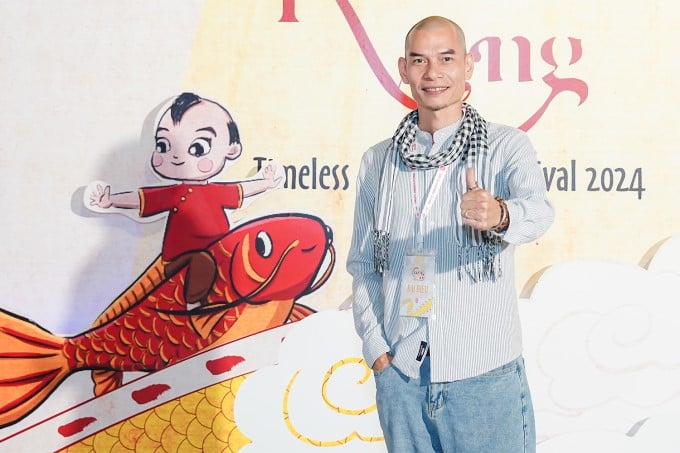

![[Photo] Journalists moved to tears at the Memorial Service for the soldiers who died in Gac Ma](https://vphoto.vietnam.vn/thumb/1200x675/vietnam/resource/IMAGE/2025/5/30/9454613a55c54c16bf8c0efa51883456)



![[Photo] A delegation of 100 journalists from the Vietnam Journalists Association visits the soldiers and people of Truong Sa island district.](https://vphoto.vietnam.vn/thumb/1200x675/vietnam/resource/IMAGE/2025/5/30/0984a986227d4e988177f560d2e1563e)
![[Photo] Prime Minister Pham Minh Chinh attends the event "Digital transformation of the banking industry by 2025"](https://vphoto.vietnam.vn/thumb/1200x675/vietnam/resource/IMAGE/2025/5/29/0e34cc7261d74e26b7f87cadff763eae)




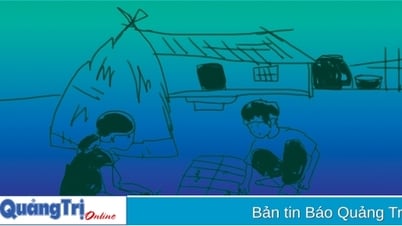

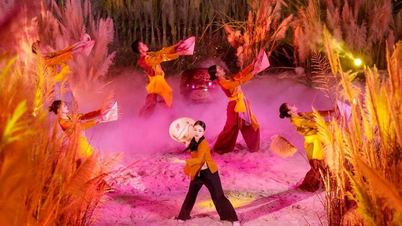

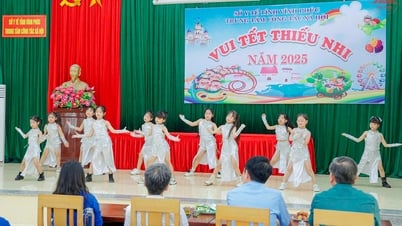







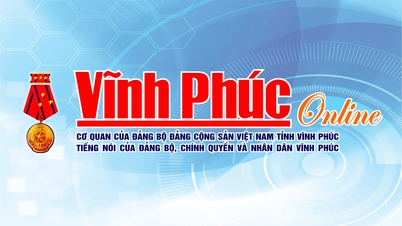
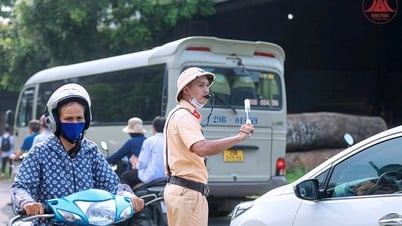









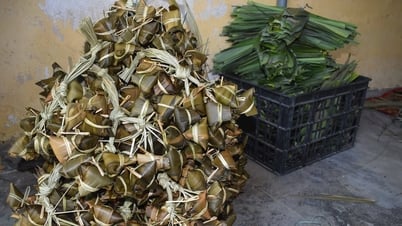

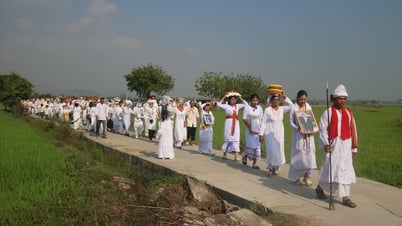

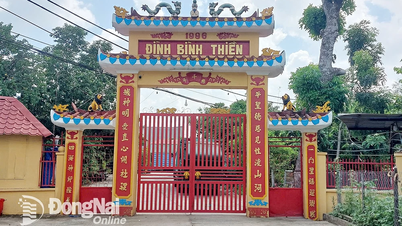









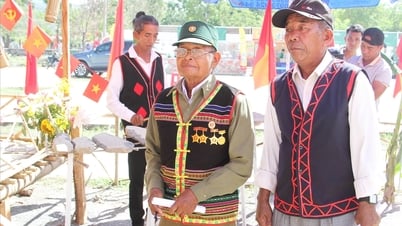




















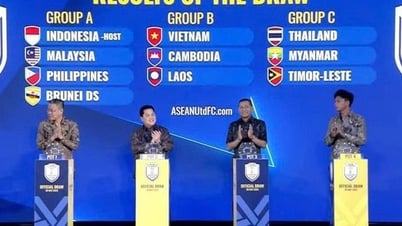







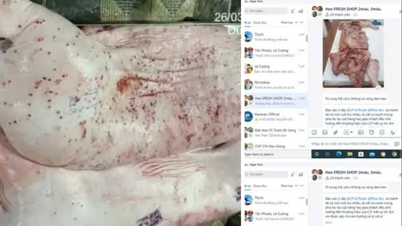












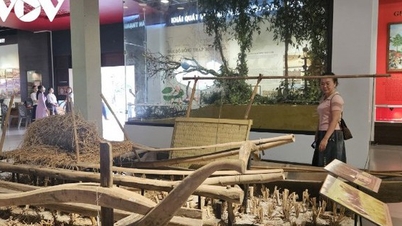




Comment (0)